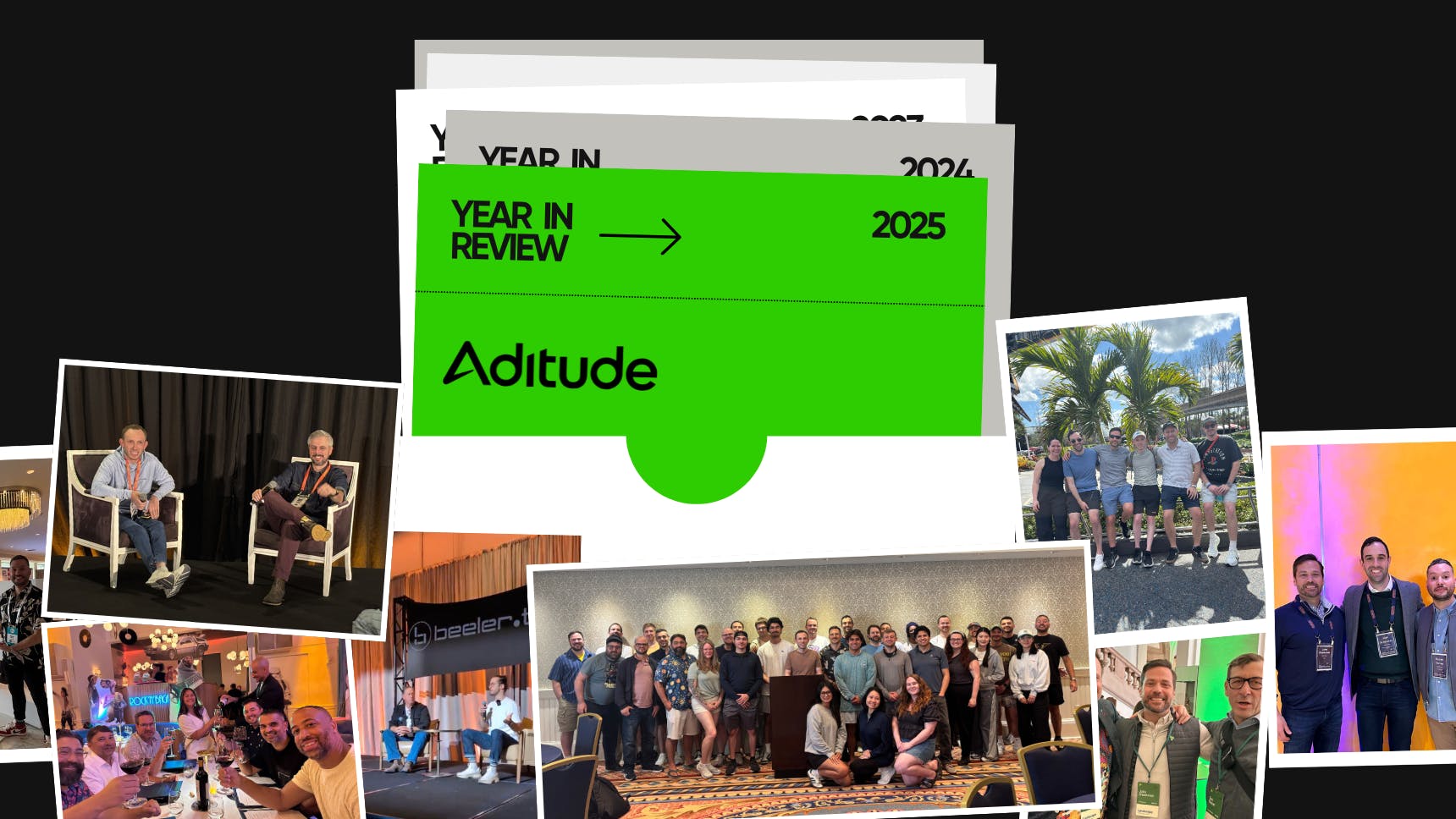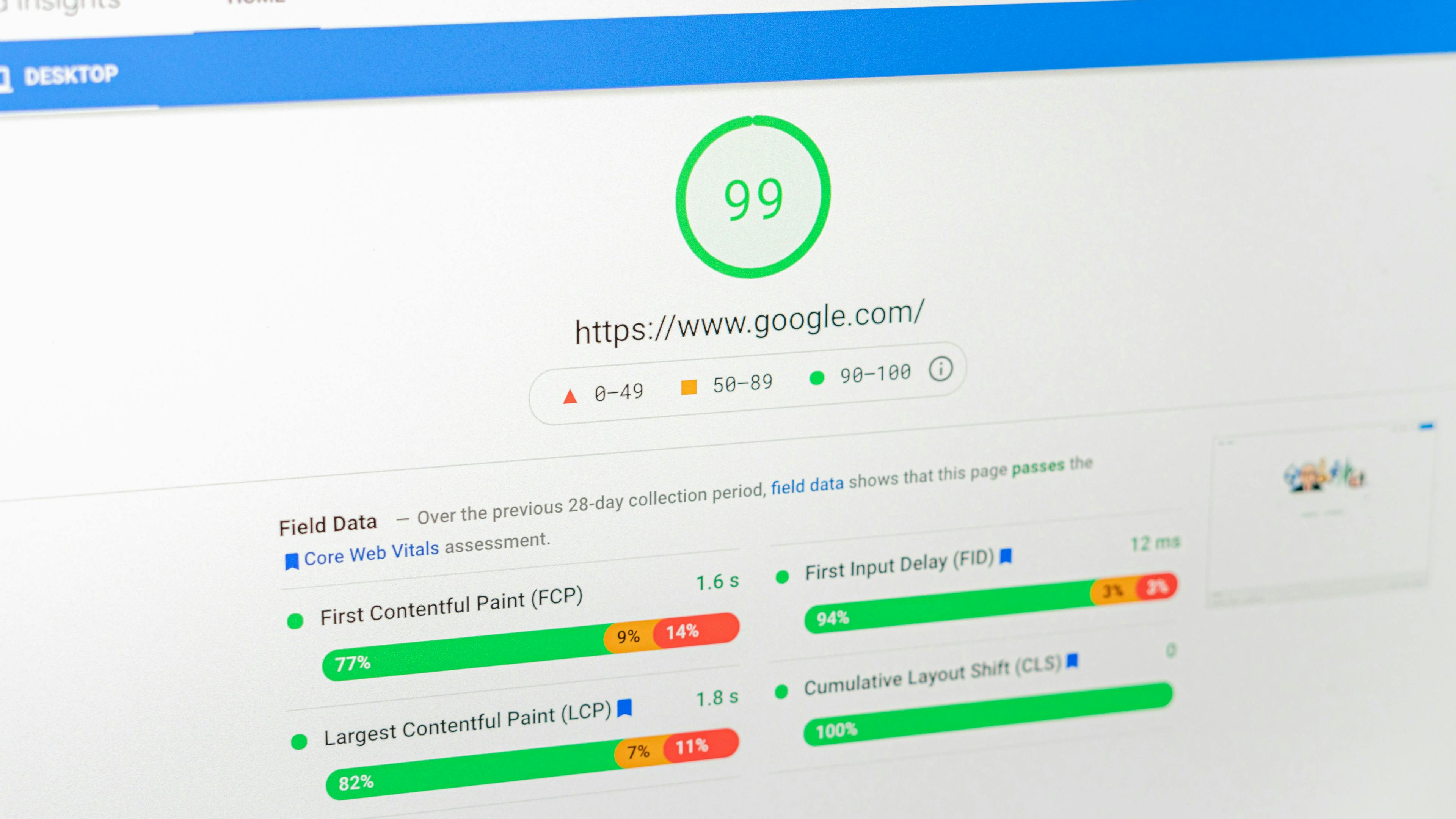What are Display Ads?
Display advertising continues to be a key strategy for brands aiming to connect with their ideal audience. Whether through platforms like Google Ads or Amazon, display ads allow businesses to visually present their products and services, boosting engagement and driving conversions.

Display advertising remains a powerful tool for brands looking to reach their target audience effectively. From Google Ads to Amazon, display ads offer businesses an opportunity to showcase their products and services visually, driving engagement and conversions. In this blog, we’ll explore the ins and outs of display ads, including their types, benefits, functionality, and performance metrics.
What are Display Ads?
Display ads are graphical advertisements that appear on websites, apps, and social media platforms. Unlike search ads, which rely on text-based content, display ads use visuals—such as images, videos, and animations—to capture user attention. Typically delivered through ad networks like Google Display Network, these ads can be targeted to specific demographics based on user behavior, interests, and preferences.
The primary goal of display advertising is to generate brand awareness and drive traffic to a website. These ads can come in various formats and sizes, making them adaptable to different marketing strategies. Whether you’re promoting a new product or boosting an existing campaign, display ads can play a crucial role in your advertising mix.
Types of Display Ads
There are several types of display ads to consider, each with unique characteristics and advantages:
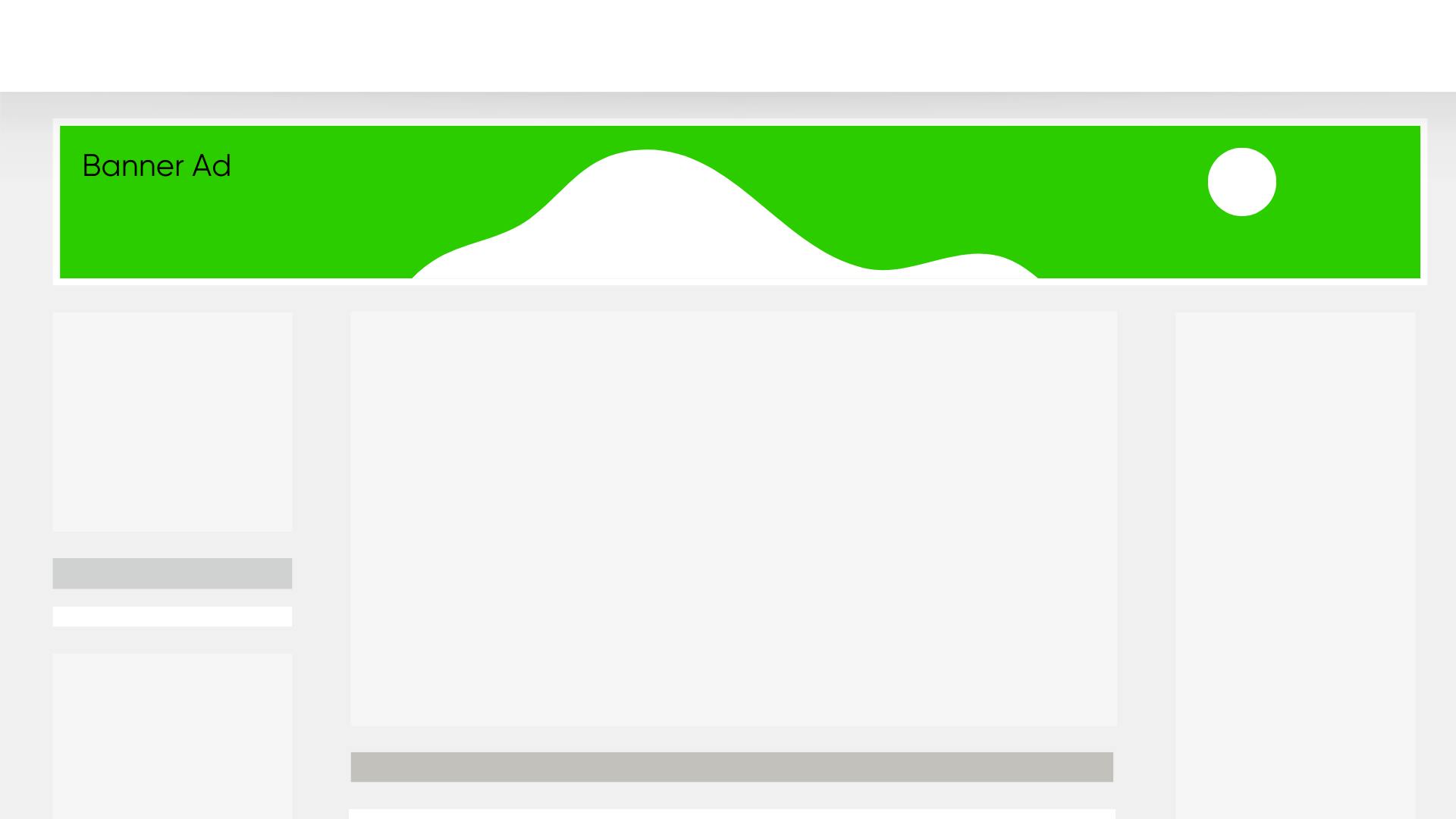
Banner Ads: Banner ads are the most common form of display ads. They usually appear at the top or bottom of a webpage and are typically static or animated. Banner ads can vary in size, with standard dimensions like 728x90 pixels for leaderboard banners and 300x250 pixels for medium rectangles.
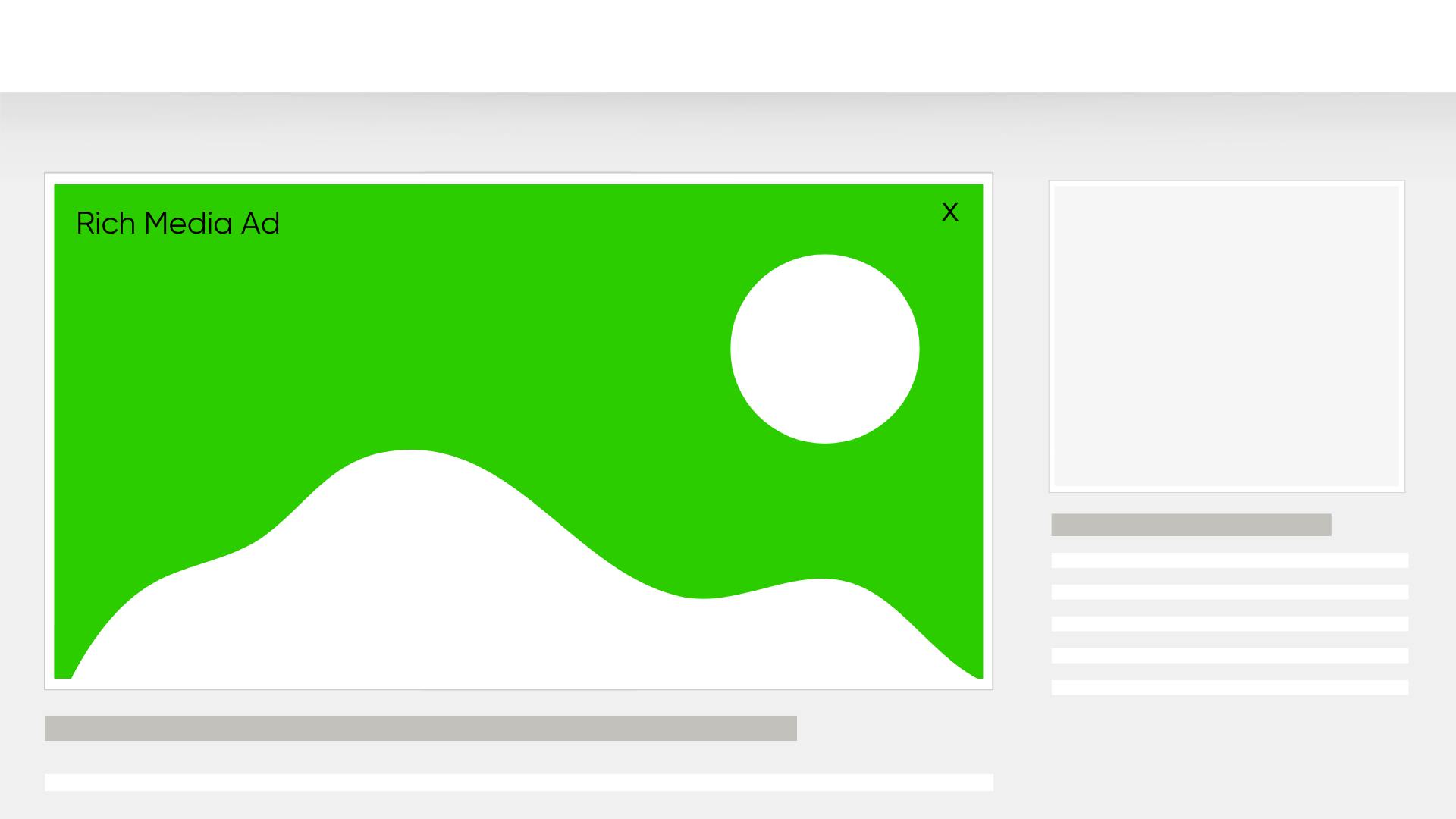
Rich Media Ads: Rich media ads incorporate interactive elements, such as videos, animations, and clickable content, to engage users more effectively. For example, a rich media ad might expand upon user interaction, allowing them to explore a product or watch a promotional video.
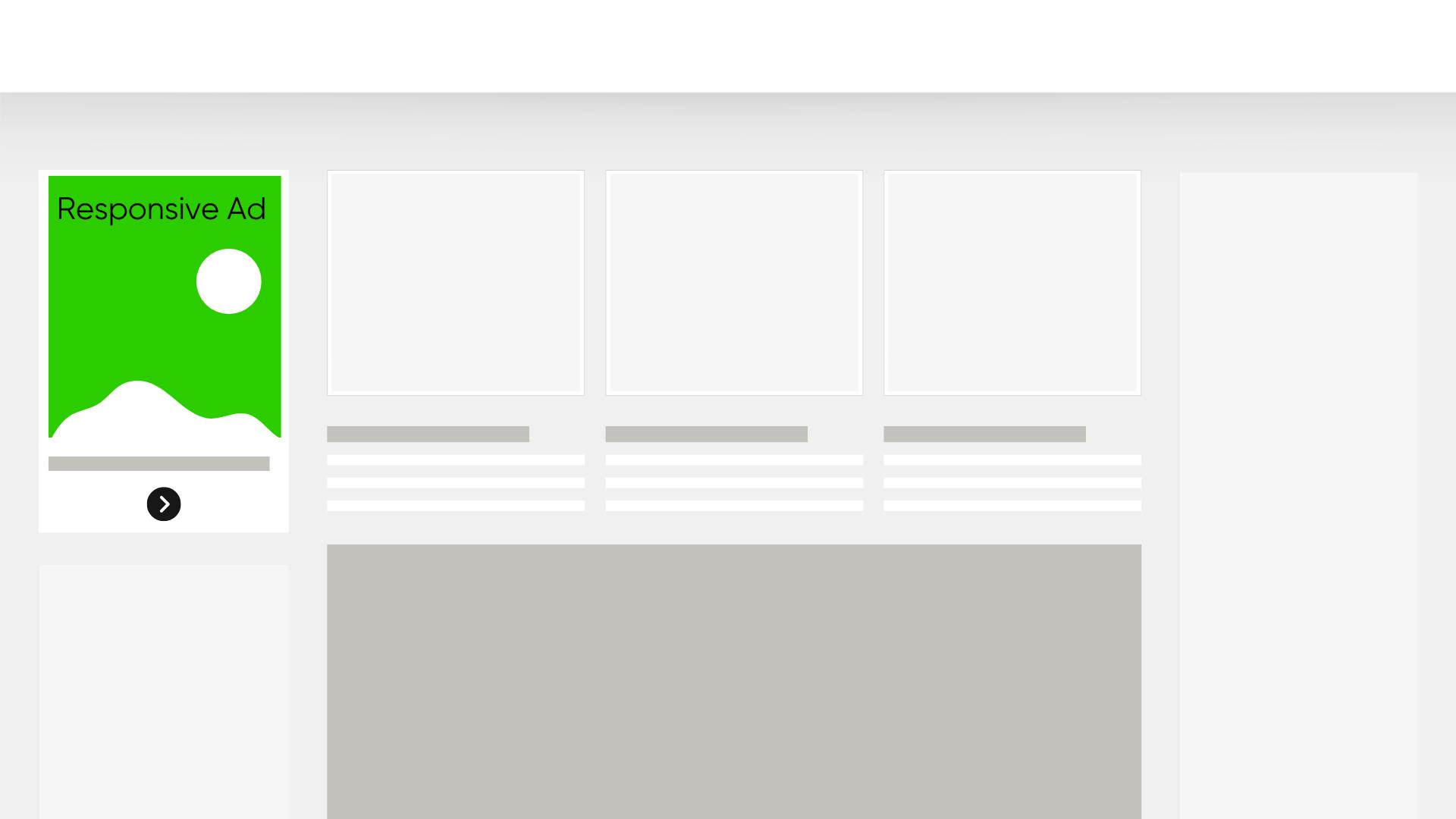
Responsive Ads: Responsive ads automatically adjust their size, appearance, and format to fit various devices and screen sizes. This flexibility makes them an excellent choice for brands aiming to reach users across multiple platforms.
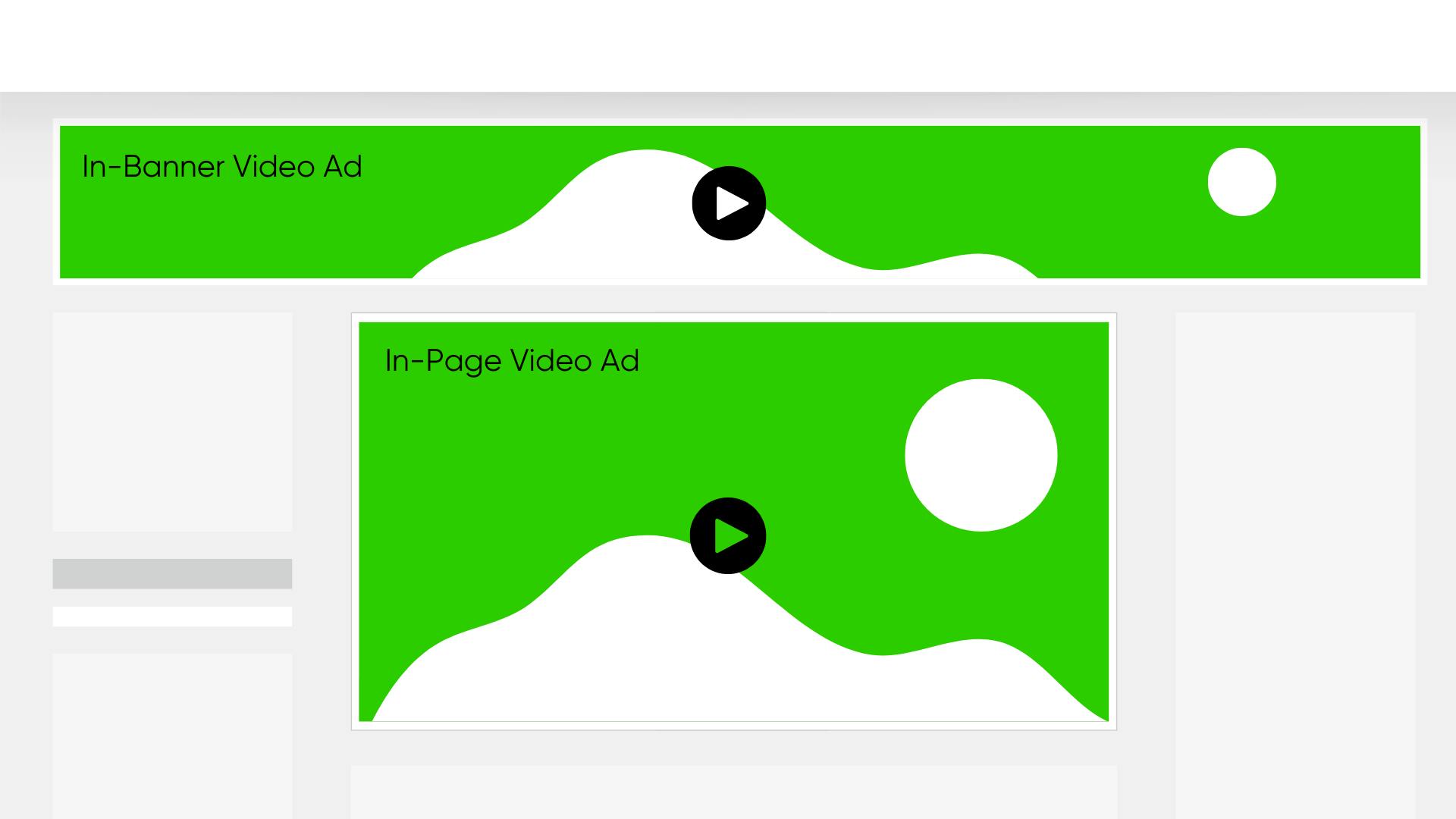
Video Ads: Video ads can be part of display advertising and typically appear as pre-roll, mid-roll, or post-roll ads on video platforms or within articles. They are highly engaging and can convey a brand's message effectively within a short timeframe.

Native Ads: Native ads blend seamlessly with the content of the website on which they appear, making them less intrusive. They can take the form of sponsored content or recommendations, designed to match the look and feel of the surrounding content.

Interstitial Ads: These ads cover the entire screen, appearing at natural transition points in a user’s journey, such as when navigating from one page to another. While effective for capturing attention, they can be disruptive if not used judiciously.
Benefits of Display Advertising
Display advertising offers numerous benefits that can enhance your marketing efforts:
- Brand Awareness: This feature ensures that the syntax of the Ads.txt file is correct and identifies possible duplicates or other misconfigurations. By catching these issues early, publishers can avoid potential disruptions and maintain the integrity of their Ads.txt file.
- Targeted Reach: With advanced targeting options available through platforms like Google Ads and Amazon Advertising, businesses can tailor their display ads to reach specific audiences based on demographics, interests, and online behavior.
- Cost Effective: Display advertising can be more cost-effective than traditional advertising methods. Advertisers can set budgets and adjust bids according to their specific needs, ensuring optimal allocation of resources.
- Versatile Formats: The variety of display ad formats allows brands to choose the type that best aligns with their marketing objectives. Whether it’s a video ad for product demonstrations or a rich media ad for interactive engagement, the options are plentiful.
- Performance Tracking: With the right tools, advertisers can easily measure the performance of their display ads. Platforms like Aditude’s Insights provide insights into metrics such as impressions, clicks, and conversions, enabling data-driven decision-making.
- Increased Engagement: Visually appealing display ads tend to have higher engagement rates compared to traditional text-based ads. Incorporating design elements, animations, and interactive features can significantly enhance user interaction.
How Does Display Advertising Work?
Display advertising operates through a network of publishers and advertisers, facilitated by ad exchanges and platforms. Here’s a breakdown of the process:
- Ad Creation: Brands create display ads using various design tools, ensuring that the ads meet the required specifications for size, format, and file type. HTML5 is often used for creating dynamic and responsive ads.
- Ad Placement: Advertisers use platforms to set their targeting parameters and choose where they want their ads to appear. They can select specific websites, apps, or audience demographics.
- Bidding Process: Display ads typically operate on a bidding system, where advertisers bid on ad space based on their target audience. The highest bidder usually gets priority placement, but relevance and quality also play a role.
- Ad Serving: Once the ad is placed, it is served to users based on the targeting criteria set by the advertiser. When a user visits a website that participates in the ad network, the relevant display ad is shown.
- User Interaction: Users can interact with the ads by clicking on them, which redirects them to the advertiser’s website or landing page. Effective call-to-action buttons can further enhance user engagement.
- Data Collection: As users interact with the ads, data is collected regarding impressions, clicks, and conversions. This information is vital for measuring campaign performance.
Measuring Display Ad Performance
To determine the effectiveness of your display ads, it’s essential to monitor key performance metrics. Here are some of the most important KPIs to consider:
- Impressions: The number of times your ad is displayed on users' screens. While impressions alone don’t indicate success, they provide a sense of reach.
- Click-Through Rate (CTR): The CTR is the ratio of users who click on your ad compared to the number of times it is shown. A higher CTR indicates that your ad is compelling and engaging.
- Conversion Rate: This metric measures the percentage of users who completed a desired action after clicking on your ad, such as making a purchase or signing up for a newsletter.
- Cost Per Click: CPC indicates how much you pay for each click on your ad. Monitoring CPC helps assess the efficiency of your ad spend.
- Return on Investment (ROI): ROI measures the profitability of your display advertising campaigns by comparing revenue generated to the costs incurred. A positive ROI is a strong indicator of campaign success.
- Engagement Metrics: Metrics such as time spent on the landing page, bounce rate, and pages per session can provide insights into user engagement and the effectiveness of your ad copy and design.
By regularly analyzing these metrics, you can optimize your display advertising strategies for better results.
Conclusion
Display advertising is an effective way for brands to enhance their online presence and engage potential customers. With a variety of formats and robust targeting options, display ads can help you achieve your marketing goals while maximizing your return on investment.
Understanding how display advertising works and what metrics to measure will empower you to make data-driven decisions and refine your strategies.
Are you ready to elevate your display advertising efforts? Contact the Aditude team today to learn how we can help you create impactful display campaigns that drive results! With our expertise and innovative solutions, we’ll ensure your brand stands out in the competitive digital landscape.

